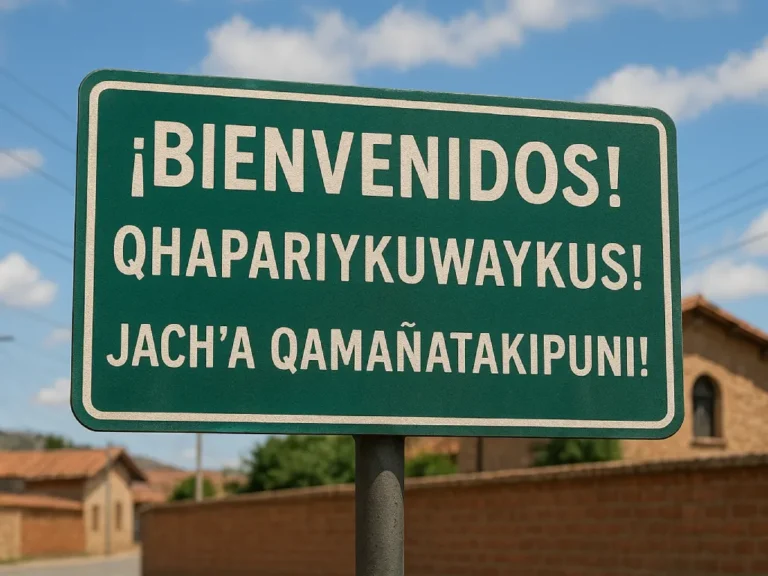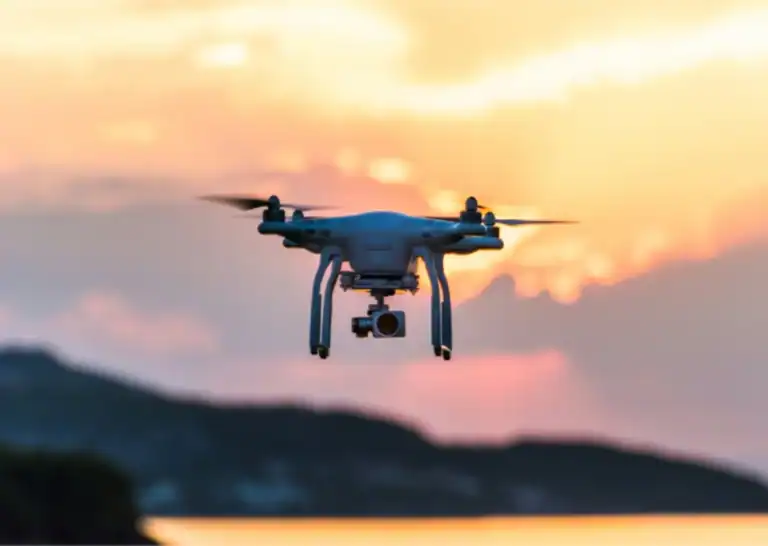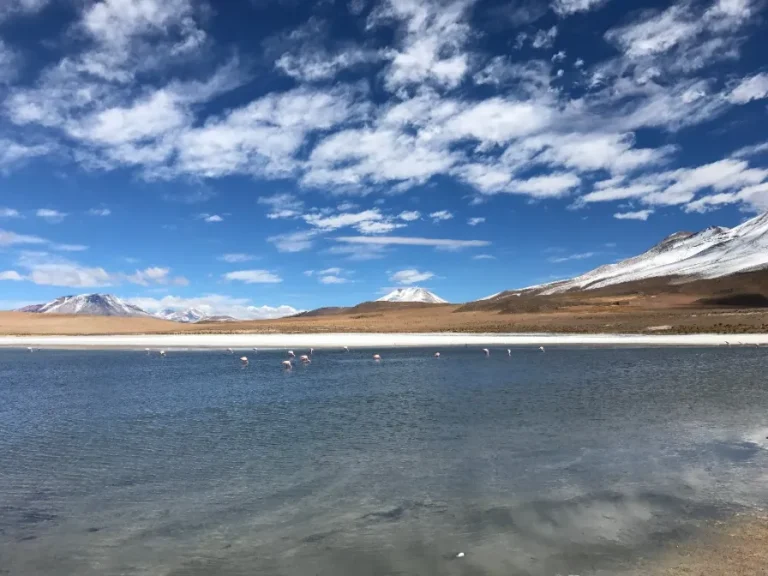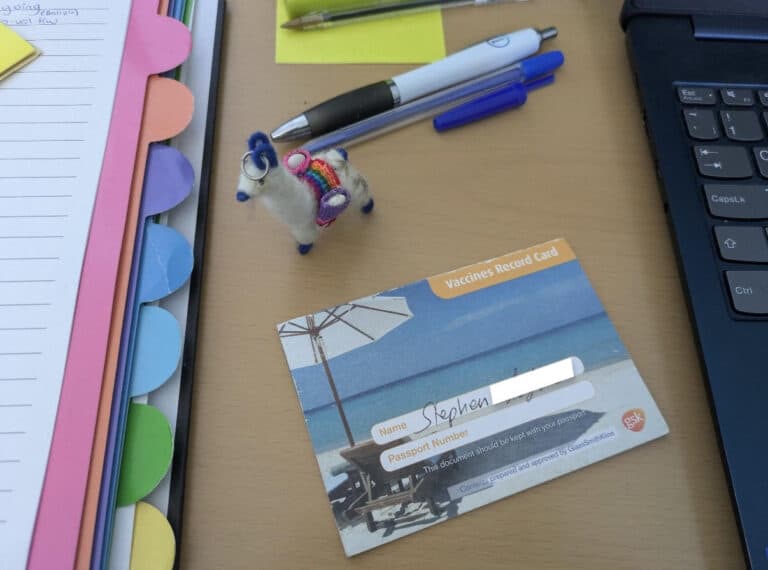Internet in Bolivia: Wi-Fi, SIM Cards & Speed Truths

Thinking of heading to Bolivia & wondering what the internet situation is like? Whether you’re planning to work remotely, stay connected with friends or just upload your latest travel snaps, here’s what you need to know about getting online while travelling in Bolivia.
Wi-Fi Availability in Bolivia
In major cities like La Paz, Santa Cruz & Cochabamba, Wi-Fi is commonly available in hotels, cafes & restaurants. However, the quality can vary significantly. Some places offer reliable connections, while others may have slower speeds or dodgy signal drops.
It’s always worth checking reviews or asking staff about the Wi-Fi before you get too comfy. Seriously, if you have to work then other nomads will have your back here! I rarely ever comment, but if it’s internet related, then my attitude changes.
If you’re still planning your route, check out the best time to visit Bolivia to avoid monsoon months (yes, internet can be seasonal here).
Internet Speeds Across the Country
Internet speeds in Bolivia have improved over the years but still trail behind global averages. In urban areas, fixed broadband can hit up to 25 Mbps – enough for calls, emails & even a cheeky Netflix & chill stream. Mobile data sits around 18 Mbps on average, though you’ll usually get better speeds in city centres. The more rural you go, the sketchier it gets.
Fun fact: In 2023, Bolivia ranked 129th globally for internet speed – but it’s slowly climbing the charts. Cities like Santa Cruz are starting to see fibre rollouts, even if rural areas are still stuck in dial-up mode.
If you’re wondering what it’s like to live somewhere with that kind of setup, I wrote about what it’s actually like to live in Bolivia – worth a peek if you’re staying longer.
Mobile Internet & SIM Cards
For travellers needing a consistent connection, grabbing a local SIM is the way to go. The big names are Entel, Tigo & Viva. Entel tends to have the best coverage, even out in the sticks, while Tigo often delivers faster speeds in cities. SIMs are cheap & easy to buy at airports, kiosks or network shops – just bring your passport for registration.
I was comfortable going to kiosks and chatting to people in my passable Spanish, and they usually do the set up for you no questions asked. Even without this they can usually figure it out, I found the best deals at places like these too!
Fun fact: You can get a basic data package in Bolivia for under £5 – one of the cheapest mobile data rates in South America. The trade-off? Customer service in-store can be a bit… unpredictable. Patience helps.
If you’re doing a longer trip or bouncing around regions, my Bolivia backpacking itinerary has SIM & signal tips baked in.
eSIM Options for Travellers
Got an eSIM-compatible phone? Even easier. Providers like Airalo (£8.50 – €10/ $11.50) & Holafly offer digital SIMs you can activate before you even land. Perfect for short trips or avoiding the faff of language barriers & paperwork. Coverage is generally solid, but double-check plans include your travel regions before you click ‘buy’.
This goes hand in hand with how I travel when winging it – more on that in my guide to Bolivia tours worth booking.
Internet in Bolivia: Going Rural
Once you’re out of the main cities, internet becomes… a bit of a lottery. Rural areas often have patchy service or none at all. Some villages may have one shared Wi-Fi point (usually in a plaza or school), while others won’t connect to the outside world for days. If you’re going remote, download maps (maps.me is the best I have found), translations & travel docs in advance – future you will be grateful.
Fun fact: In some rural villages, Wi-Fi is shared via loudspeakers – one speaker on the plaza broadcasts that it’s connected & locals gather around. It’s as wholesome (and chaotic) as it sounds.
Worth keeping in mind if you’re heading off to places like the Bolivian Altiplano or other remote zones. Also keep an eye out for the Bolivia’s second flag, the Wiphala! Seen much more in rural areas than urban.
Tips for Staying Connected
- Use Wi-Fi when it’s free & decent – especially for uploads or calls
- Buy a local SIM – cheap, simple & a lifesaver in transit
- Try an eSIM for zero-faff setup
- Download offline maps, language tools & docs before heading rural – same advice I give in the traveller’s guide to Bolivia’s best things to do
- Expect slow moments – Bolivia internet has a mind of its own sometimes

Final Thoughts
Internet in Bolivia isn’t the worst, but it’s not world-class either. If you go in expecting patchy speeds & the occasional no-signal moment, you’ll be fine. For most travellers – even digital nomads – it’s totally doable with a little prep. Grab a SIM, find your café sweet spot & roll with it.
If safety or health is top of mind, my guides on Bolivia’s vaccination requirements & how safe Bolivia is are solid companions too.
Happy Travels!






